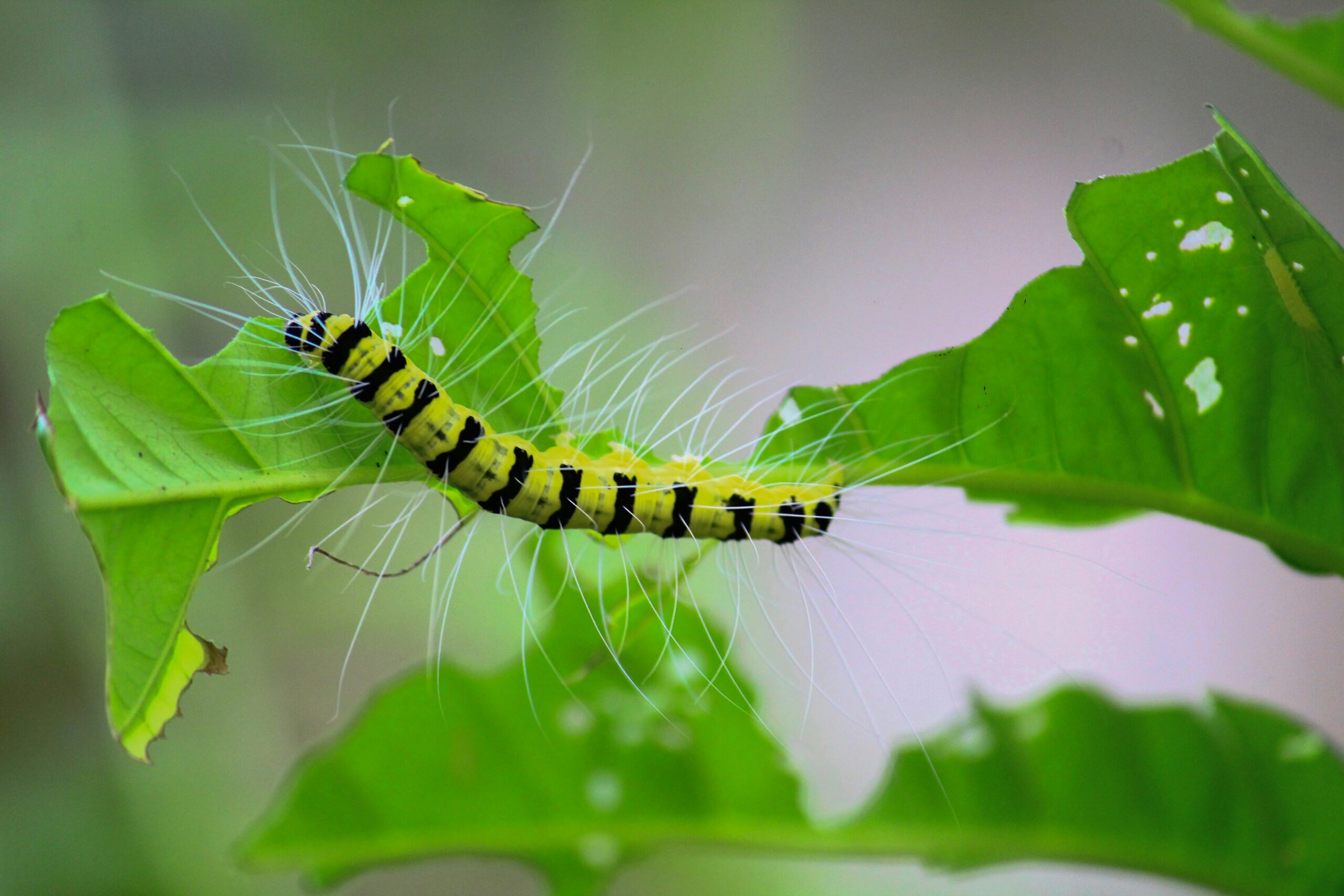Introduction
Indiana is home to a diverse range of trees that add beauty and value to our landscapes. However, just like any living organism, trees are susceptible to various pests and diseases. In this article, we will explore some of the most common tree pests in Indiana and provide tips on how to treat and prevent them.
1. Needlecast
Needlecast is a fungal disease that affects coniferous trees, such as pines and spruces. It causes the needles to turn brown or purple and eventually fall off. To treat needlecast, it is important to prune infected branches and improve tree health through proper watering and fertilization. Fungicides can also be used as a preventive measure, especially during wet and humid weather conditions.
2. Gypsy Moth
The gypsy moth is an invasive species that poses a significant threat to Indiana’s trees. The larvae of these moths feed on the leaves of various tree species, defoliating them and weakening their overall health. To control gypsy moth populations, it is crucial to monitor and remove egg masses during the winter months. Insecticides can also be applied to the foliage during the early stages of infestation.
3. Emerald Ash Borer
The emerald ash borer is another destructive pest that has caused significant damage to ash trees in Indiana. These metallic green beetles lay their eggs on the bark of ash trees, and the larvae tunnel into the wood, disrupting the tree’s nutrient flow. To manage emerald ash borer infestations, it is important to identify and remove infected trees promptly. Insecticides can be used as a preventive measure for healthy ash trees.
4. Dutch Elm Disease
Dutch elm disease is a fungal disease that affects elm trees, causing wilting and eventual death. It is primarily spread by elm bark beetles. To prevent the spread of Dutch elm disease, it is important to promptly remove and destroy infected trees. Pruning and sanitation practices can also help reduce the risk of infection.
5. Bagworms
Bagworms are caterpillars that construct protective bags made of silk and plant material, which they attach to tree branches. These pests feed on the foliage of a wide range of trees, causing defoliation and weakening the tree’s overall health. To control bagworm populations, it is important to manually remove the bags during the winter months when the larvae are dormant. Insecticides can also be applied during the early stages of infestation. Learn more about Bagworms here!
6. Oak Wilt
Oak wilt is a fungal disease that affects oak trees, causing leaf discoloration, wilting, and death. It is primarily spread through root grafts and sap-feeding beetles. To prevent the spread of oak wilt, it is important to promptly remove and destroy infected trees. Pruning and sanitation practices can also help reduce the risk of infection. Learn more here!
Conclusion
Protecting our trees from tree pests and diseases is crucial for maintaining the health and beauty of our landscapes. By being aware of the common tree pests in Indiana and taking preventive measures, we can ensure the longevity of our trees. If you suspect any tree pests or disease infestation on your trees, it is always recommended to consult with a professional arborist for proper diagnosis and treatment options. Remember, early detection and intervention are key to preserving the vitality of our beloved trees.



